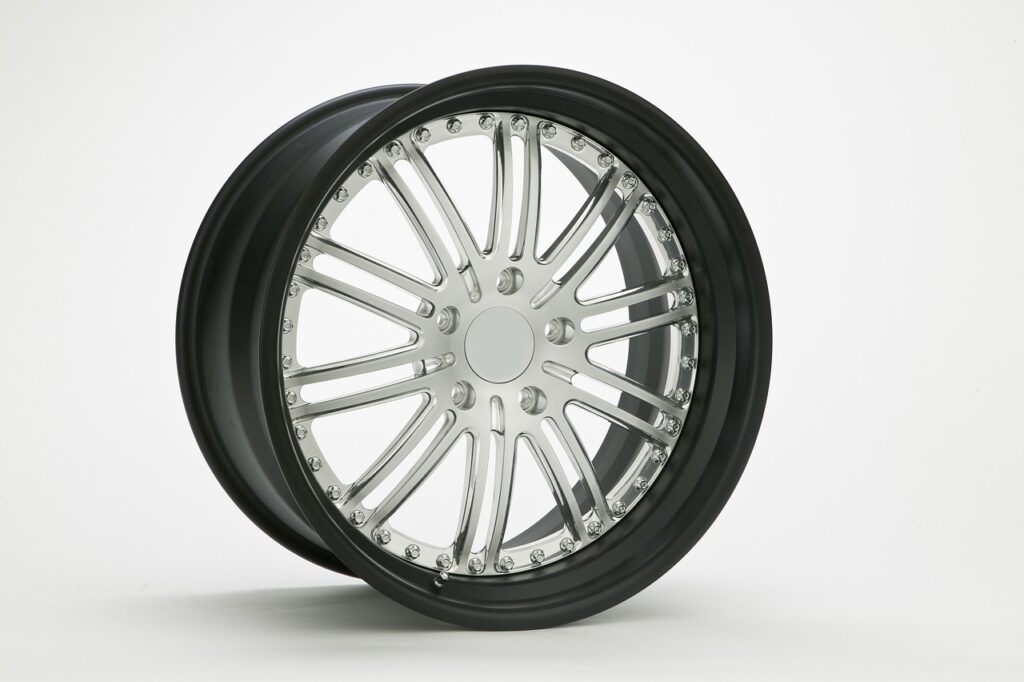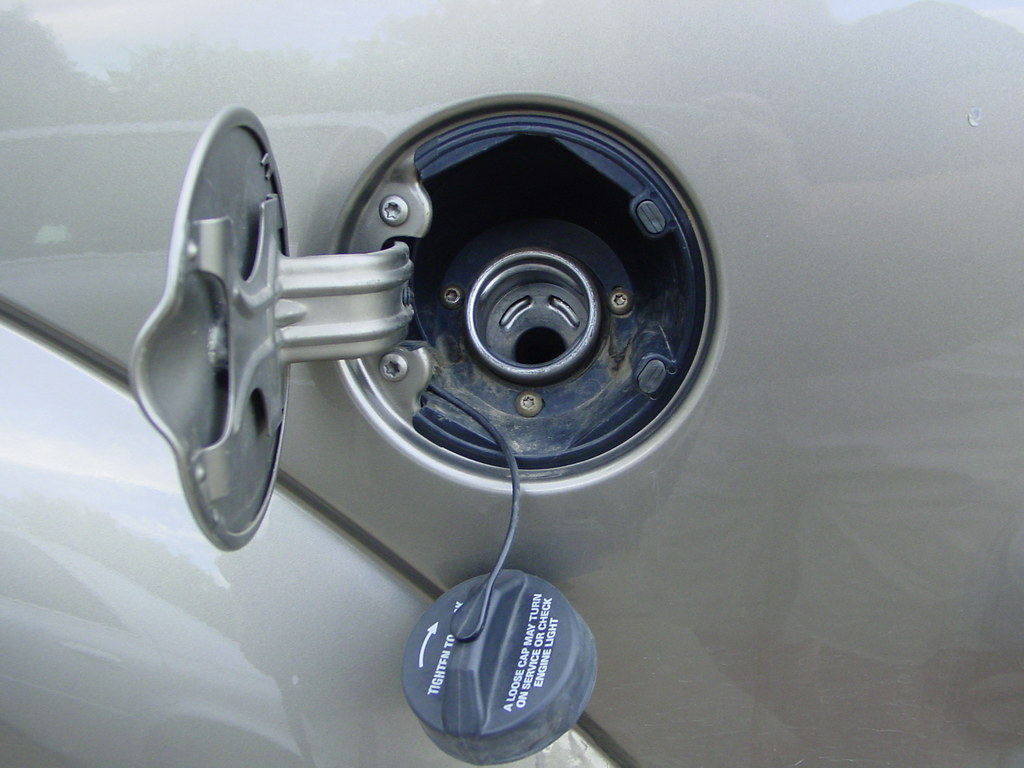As car owners, we’ve all heard some wild advice about keeping our rides in tip-top shape. Maybe your uncle swore by changing oil every 3,000 miles, or a buddy told you that premium gas is always better. Spoiler alert: a lot of that “wisdom” is straight-up wrong, and worse, it could be costing you a significant amount of money and potentially harming your vehicle’s longevity.
Mechanics across the country are often left shaking their heads at the persistent myths that circulate among drivers. These misconceptions, passed down through generations or perpetuated by misinformation, can lead to unnecessary expenses, decreased performance, and even safety hazards. Understanding what’s fact and what’s fiction is crucial for every car owner who wants to maintain their vehicle effectively and avoid those costly mistakes.
In this in-depth look, we’re diving deep into the most pervasive car myths that mechanics wish you’d stop believing. We’ll separate the truth from the tales, offering practical insights and clear explanations to empower you with the knowledge you need. Get ready to save money, improve your car’s performance, and drive with confidence, knowing you’re giving your vehicle the care it truly deserves.
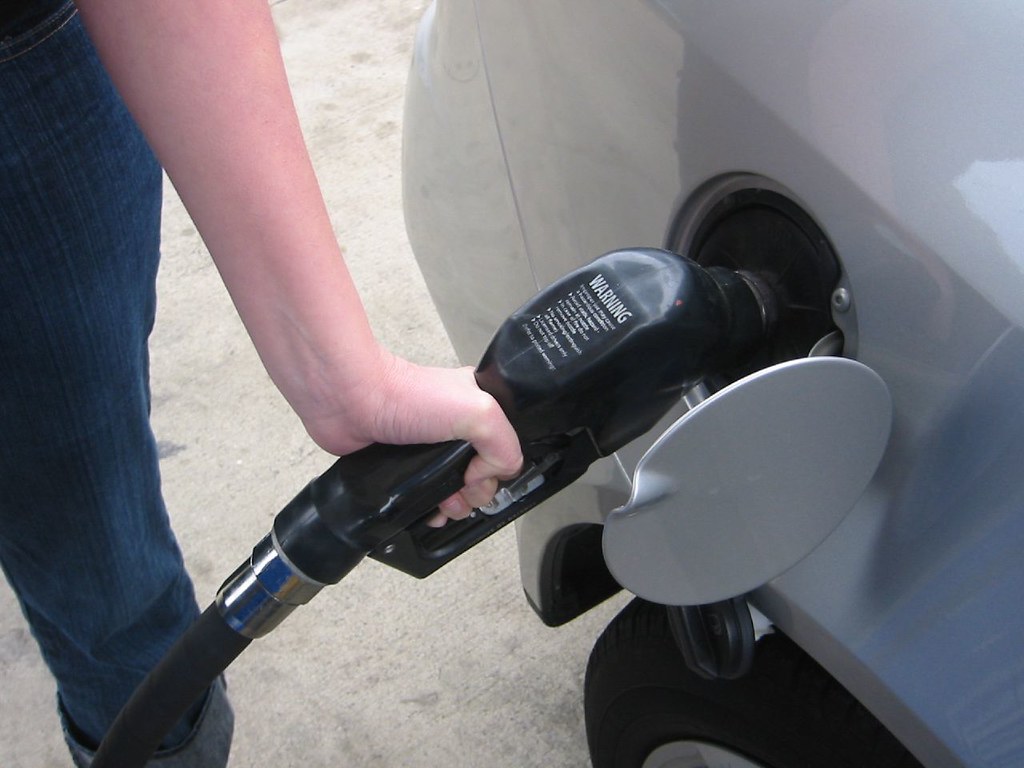
1. **The Myth of Premium Gas for Every Car**
One of the most enduring myths in the automotive world is that filling your tank with premium, high-octane gasoline will somehow improve your car’s performance, clean its engine, or provide superior benefits regardless of the vehicle you drive. Many drivers mistakenly believe that more expensive fuel equates to a better or purer product, leading them to unnecessarily spend extra money at the pump.
However, the truth is far simpler: only a small percentage of vehicles actually require premium fuel. High-performance engines, often found in sports cars or certain luxury models, are specifically designed to benefit from the higher-octane rating, which prevents engine knocking or pre-ignition in their advanced systems. For the vast majority of regular vehicles, using premium fuel offers absolutely no performance boost or additional benefits whatsoever.
Your car’s owner’s manual is the definitive guide on what type of fuel it needs. If your manual specifies regular gasoline, then that is precisely what your engine is optimized to run on. Paying extra for premium gas in a car that doesn’t require it is quite literally pouring money down the drain, with no improvement in horsepower, fuel efficiency, or engine cleanliness to show for it.
Mechanics everywhere urge drivers to check their manuals and stick to the manufacturer’s recommendation. By doing so, you can avoid unnecessary costs and rest assured that you’re providing your vehicle with the exact fuel it needs to run smoothly and efficiently, without falling prey to marketing claims or common misconceptions.
Read more about: The Mythbusters of the Road: 8 Car Reliability & Repair Myths That Could Be Draining Your Wallet

2. **The Outdated 3,000-Mile Oil Change Rule**
The advice to change your car’s oil every 3,000 miles is perhaps one of the most stubborn and costly car maintenance myths still in circulation. While this rule of thumb might have held true for older vehicles and conventional oils decades ago, it is now largely irrelevant for modern cars and advanced lubricants. Adhering to this outdated practice means frequent, unnecessary trips to the service center and a continuous drain on your wallet.
Today’s engines are engineered with tighter tolerances and improved materials, and the oils themselves have undergone significant technological advancements. Modern conventional oils and, especially, high-quality synthetic oils are formulated with advanced additives that allow them to last much longer and provide superior protection under a wider range of conditions. They resist breakdown from heat and pressure, maintain viscosity better, and keep engines cleaner.
For most newer vehicles, the recommended oil change intervals typically range between 5,000 to 10,000 miles, and some advanced synthetic oils can even go longer. Many modern cars are equipped with sophisticated oil life monitoring systems that track your actual driving conditions, engine temperature cycles, and other factors to accurately determine when an oil change is truly needed, taking the guesswork out of the equation for you.
To find the precise oil change interval for your vehicle, always consult your car’s owner’s manual. This document contains the manufacturer’s specific guidance, which is based on extensive testing and engineering. Following these recommendations will not only save you money on unnecessary oil changes but also reduce waste, ensuring your engine remains in top condition without premature or excessive servicing. The 3,000-mile rule, while once useful, now primarily benefits quick-lube shops more than it does your car or your budget.
Read more about: Mastering the Dark: Driving Pro’s Essential Guide to Enhancing Night Driving Visibility with Easy, Actionable Adjustments for Every Driver
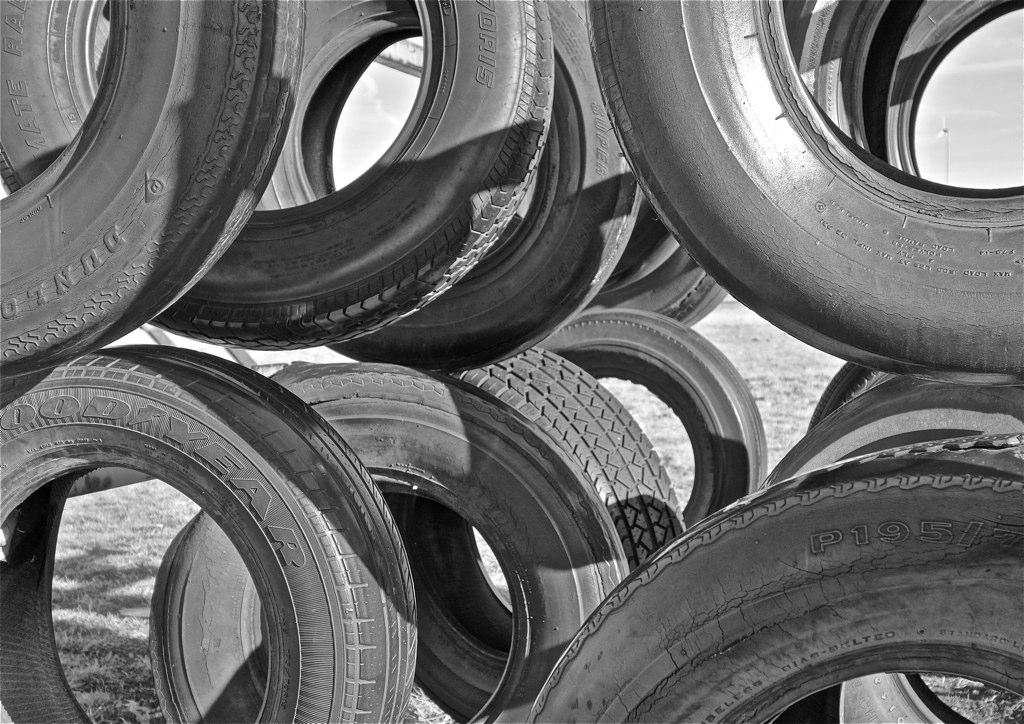
3. **The Belief That Tire Rotations Are Optional**
Many drivers view tire rotations as an optional service, something they can skip if they drive carefully or if their tires still look fine. This belief, however, is a significant misconception that can lead to premature tire wear, compromised vehicle handling, and ultimately, higher replacement costs. Mechanics unequivocally state that tire rotations are a necessary component of regular car maintenance.
Your car’s tires wear unevenly due to a variety of factors inherent in driving. Braking, turning, and the distribution of weight in your vehicle all contribute to different rates of wear on each tire. For instance, front tires typically wear faster on the shoulders due to steering and braking forces, while rear tires might experience more even wear but can still develop different patterns depending on the drivetrain and vehicle dynamics.
Regular tire rotations, typically recommended every 6,000 to 8,000 miles, help to balance out this wear across all four tires. By systematically moving tires to different positions on the vehicle, you ensure that each tire experiences varied stresses and wear patterns, promoting a more uniform tread depth across the set. This practice is crucial for extending the overall lifespan of your tires.
Skipping rotations can lead to some tires wearing out much faster than others, necessitating earlier replacement of individual tires or pairs, which can be more expensive in the long run. Furthermore, unevenly worn tires can negatively impact your car’s handling, stability, and braking performance, compromising safety. Therefore, adhering to a regular tire rotation schedule is a small investment that yields big returns in safety and savings.
Read more about: The Truth About Your Tires: 15 Myths Debunked for Safer Driving
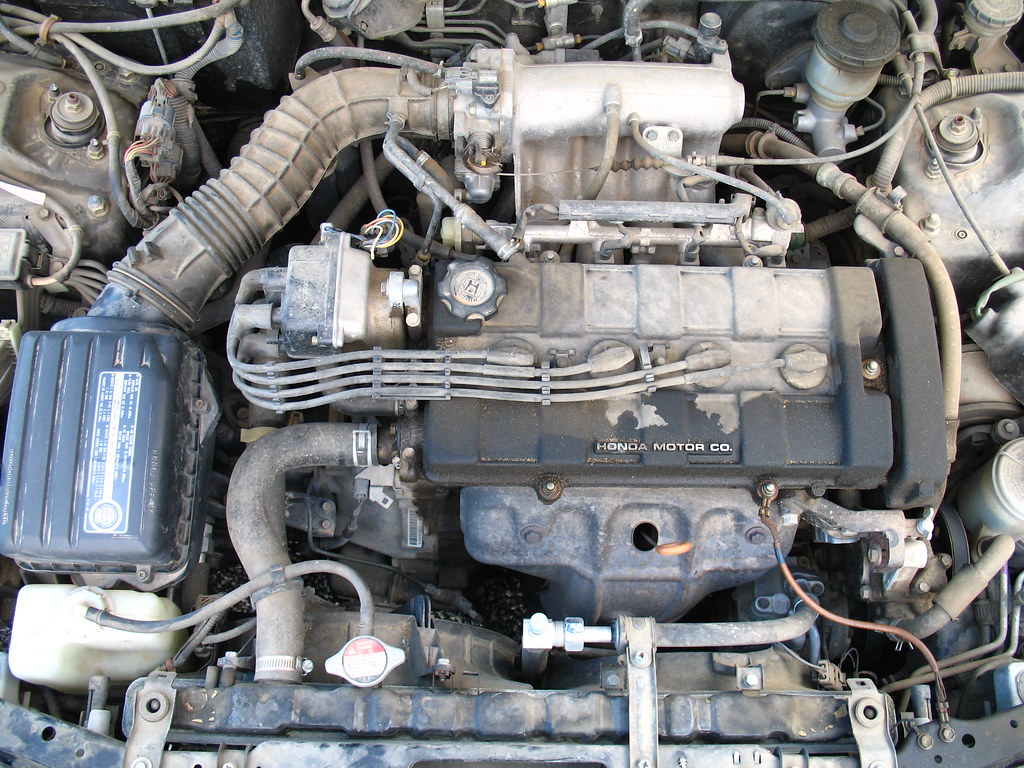
4. **The Unnecessary Engine Warm-Up Habit**
The image of a driver sitting in a car, letting it idle for several minutes on a cold morning to “warm up the engine,” is an age-old practice that many still cling to. This belief stems from a time when carburetor-equipped vehicles genuinely benefited from a longer warm-up period. However, for modern cars, this habit is not only unnecessary but can actually be detrimental to your vehicle and wasteful of fuel.
Today’s engines are equipped with sophisticated fuel-injection systems and advanced engine management computers. These systems are designed to warm up much more efficiently when the car is driven gently, rather than when it’s idling stationary. Idling for an extended period simply wastes fuel, increases harmful emissions, and delays the engine reaching its optimal operating temperature.
The recommended practice for modern vehicles is quite simple: start your car, allow it to run for about 30 to 60 seconds to circulate the oil, and then drive off gently. Avoid aggressive acceleration or high RPMs for the first few minutes, which allows the engine components, transmission, and other vital fluids to warm up gradually and more effectively as you drive. This approach is more efficient and kinder to your engine.
Prolonged idling can actually be bad for your engine. It puts extra, unburned fuel into the combustion chamber, which can wash oil off the cylinder walls and contribute to carbon buildup. This can accelerate wear on internal components over time. So, ditch the long warm-up ritual; a brief pause before setting off is all your modern car truly needs to be ready for the road.
Read more about: Unmasking the Motoring Misconceptions: 14 Common Car Myths That Could Cost You Dearly and Harm Your Engine
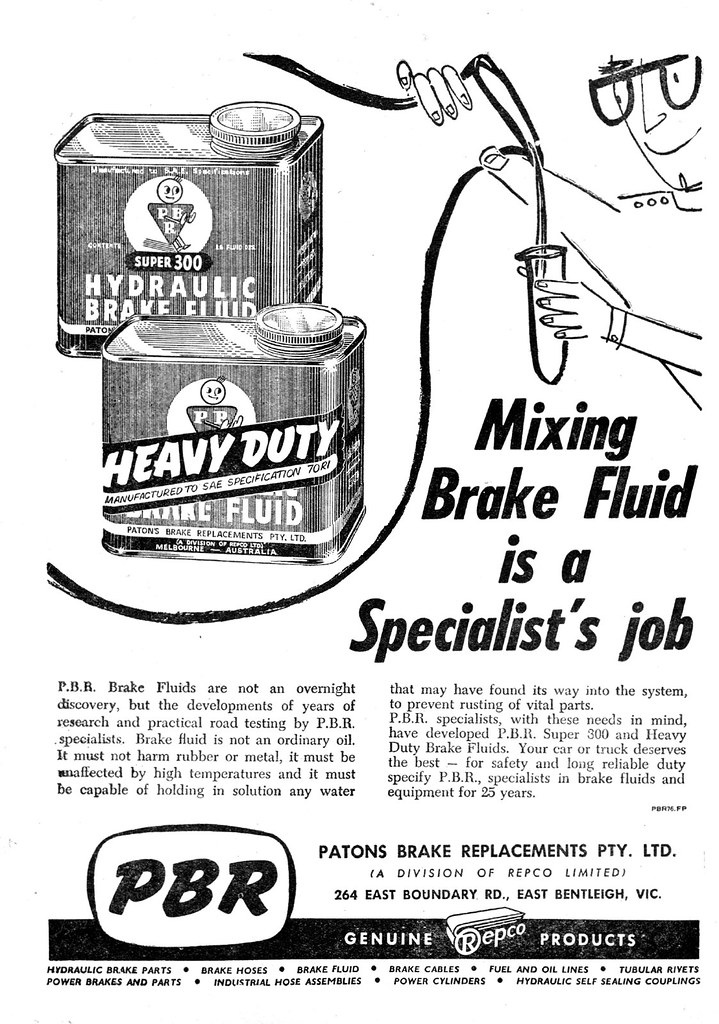
5. **The Idea That Brake Fluid Never Needs Regular Replacement**
Many drivers assume that brake fluid, like some other components, is a “fill-and-forget” part of their car’s system, or that simply topping it off is sufficient to address any issues. This misconception about brake fluid maintenance is dangerous, as this often-overlooked fluid plays a critical role in your vehicle’s safety and performance. Ignoring its condition can lead to compromised braking ability and expensive repairs.
Brake fluid is hygroscopic, meaning it naturally absorbs moisture from the air over time. This absorption of water significantly lowers the fluid’s boiling point. When brakes are heavily used, especially during hard braking or on long descents, the fluid can heat up. If it reaches its lowered boiling point, the moisture in the fluid turns to vapor, creating air bubbles in the brake lines.
These vapor bubbles are compressible, unlike fluid, which results in a spongy brake pedal feel and a significant reduction in braking power—a phenomenon known as “brake fade.” This can be incredibly dangerous, as it directly impacts your ability to stop the vehicle effectively in an emergency. Beyond safety, water in the brake fluid can also lead to corrosion within the brake system’s delicate metal components, causing damage to calipers, lines, and the master cylinder.
Mechanics strongly recommend checking your brake fluid every six months and having it replaced every two to three years, regardless of mileage. This proactive approach prevents moisture buildup, maintains the fluid’s optimal boiling point, and protects your entire braking system from corrosion. Simply topping off low fluid levels without diagnosing the root cause, such as worn pads or a leak, is a symptom-fix that can mask serious underlying safety issues, so professional evaluation is always best.
Read more about: Is Your Ride a Ticking Time Bomb? 14 Popular Cars That Can Seriously Let You Down After 100K Miles
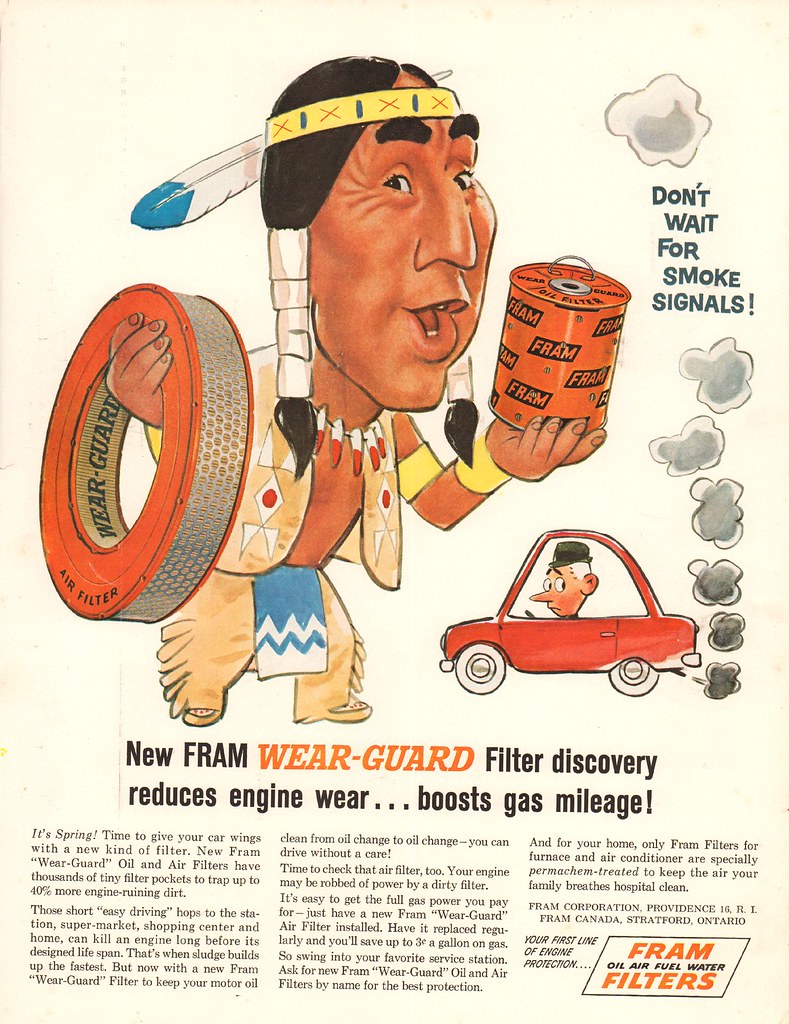
6. **The Myth That Replacing Air Filters Isn’t a Worthwhile Investment**
Some car owners mistakenly believe that replacing the engine air filter is a minor or unnecessary expense, often viewing it as a suggestion from mechanics trying to upsell services. This myth overlooks the critical role the air filter plays in your engine’s health and efficiency. Neglecting this simple, inexpensive component can have surprisingly significant negative impacts on your car’s performance, fuel economy, and longevity.
The engine air filter is essentially your car’s lungs, preventing dust, dirt, debris, and other contaminants from entering the engine’s combustion chambers. It ensures that only clean air mixes with fuel, which is vital for proper combustion and optimal power output. A clean, unobstructed air filter allows your engine to breathe freely, contributing directly to its overall efficiency and health.
When an air filter becomes clogged with accumulated dirt and debris, it restricts the airflow into the engine. This restricted airflow forces your engine to work harder, leading to a noticeable decrease in fuel efficiency—sometimes by as much as 10%. Furthermore, a dirty filter can also contribute to reduced engine power, sluggish acceleration, and increased emissions, as the air-to-fuel ratio becomes imbalanced.
Replacing your air filter annually, or more frequently if you drive in dusty conditions, is a small investment that yields substantial benefits. It ensures optimal engine performance, helps maintain good fuel economy, and reduces harmful emissions. Consult your owner’s manual for specific replacement intervals, but remember that a quick visual inspection can also tell you if your filter is heavily soiled and needs attention, ensuring your engine breathes easy and runs as it should.
Read more about: Rev Up Your Portfolio: 14 Classic Muscle Cars Middle-Class Enthusiasts Can Afford for Unrivaled Fun and Smart Investment
7. **The Misconception That Brake Pad Squeaks Always Mean a Problem**
The sudden sound of a squealing or squeaking brake can send a wave of panic through any driver, immediately suggesting that a costly repair or urgent brake pad replacement is imminent. While it’s true that brake noises can indicate a problem, the common misconception is that *any* squeak automatically means you’re in trouble. This often leads to unnecessary worry or even premature brake servicing.
In reality, brake pads can squeak for a variety of reasons that are not always indicative of an urgent issue. For instance, brakes often squeal in cold or damp weather conditions, especially during the first few stops of the day. This can be due to moisture on the rotors or pads, or simply the materials contracting in the cold. A thin layer of rust that forms overnight on the rotors can also cause a temporary squeak that disappears after a few uses.
Another common cause of squeaking, even in perfectly good brake pads, is the accumulation of fine dust and road grime between the pad and rotor. This can create vibrations that manifest as a squeal. Some brake pad materials are also simply more prone to making noise than others, particularly performance-oriented pads that operate best at higher temperatures.
Mechanics will tell you that they assess brake pad wear based on the actual thickness of the pads and the overall condition of the braking system, not solely on noise. While a persistent, loud, or grinding noise definitely warrants immediate professional attention, an occasional squeak, especially under specific conditions, doesn’t automatically mean your pads need replacing. If in doubt, have a professional evaluate your brakes before jumping to conclusions or replacing pads unnecessarily.
Having cleared the air on some foundational maintenance myths, we’re ready to shift gears and tackle even more widespread misunderstandings that could be draining your bank account and cutting short your car’s lifespan. From advanced fluids to driving habits, these next few debunked beliefs will empower you to make smarter, more informed decisions for your vehicle. Get ready to challenge your assumptions and discover the simple truths that mechanics wish every driver knew. We’re moving beyond the basics to illuminate crucial aspects of car care often shrouded in misinformation.
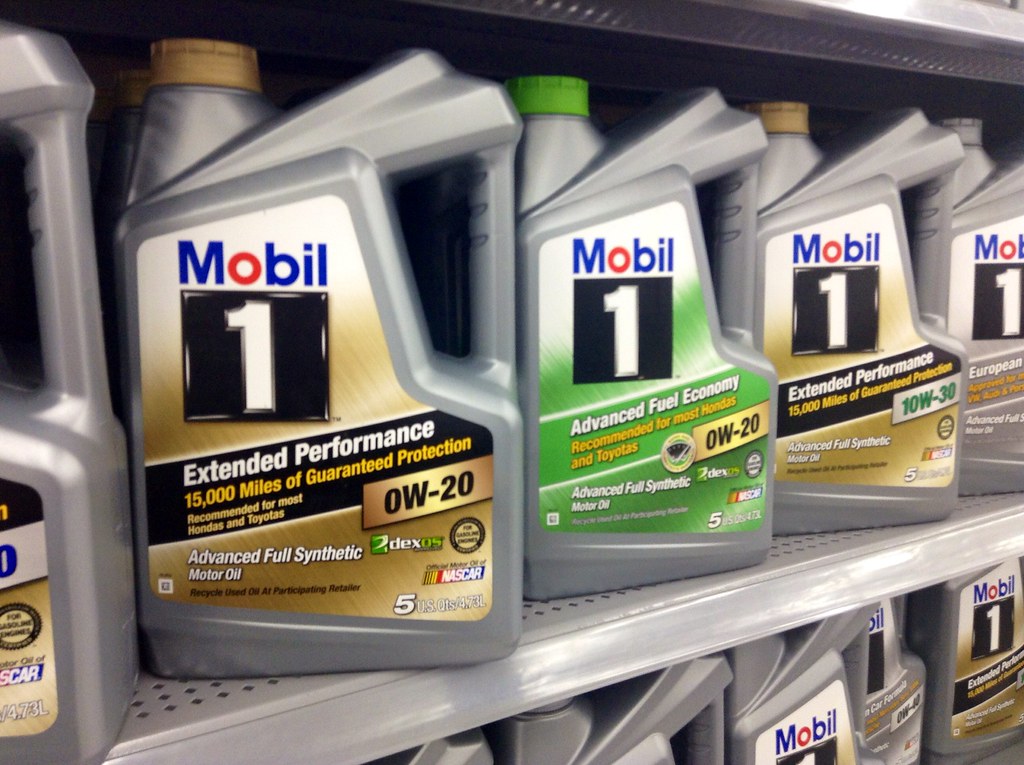
8. **The Myth That Synthetic Oil Damages Older Engines**
One common concern that often prevents owners of older vehicles from upgrading their oil is the persistent myth that synthetic oil can somehow damage or cause leaks in their venerable engines. This belief suggests that synthetic oil is “too thin” or too “slippery” for older seals, leading to problems. It’s a misconception that keeps many drivers from enjoying the superior benefits that modern lubricants offer.
However, mechanics will tell you that this idea is largely untrue. In fact, synthetic oil is generally a safer and much more effective choice for many engines, including older ones. Its advanced formulation means it’s cleaner, lasts considerably longer, and performs exceptionally well across a wider range of extreme temperatures than conventional oil.
If your engine is in good overall condition and doesn’t have pre-existing leaks, synthetic oil can actually provide superior protection and significantly improve engine longevity. Its fewer impurities and ability to maintain viscosity better in extreme heat and cold help it resist breakdown more effectively. This translates to less engine wear over time, even in seasoned vehicles.
While the initial cost of synthetic oil might be slightly higher, the extended change intervals often make it more economical in the long run. Many newer vehicles now come factory-filled with synthetic oil precisely because of these undeniable benefits. It’s a testament to its effectiveness that it has become the standard for modern automotive performance and protection.

9. **The Belief That Engine Flushes Are Always Needed**
Driving an older car often comes with advice to perform regular engine flushes, with some believing this service is essential for maintaining engine health and preventing buildup. This practice involves introducing chemicals into the engine to clean out sludge and deposits, and it’s often touted as a vital preventative measure, especially for high-mileage vehicles.
However, mechanics want you to know that engine flushes are not always necessary, and in some cases, they can even cause more harm than good. The core issue lies in what happens if your engine doesn’t have significant sludge buildup. Introducing harsh flushing chemicals can dislodge small particles of grime and debris that are otherwise inert or settled.
These dislodged particles can then travel through the engine, potentially clogging essential oil passages or even the oil filter itself. This can lead to restricted oil flow, causing oil starvation in critical components and leading to serious, costly damage. It’s a classic example of an intended fix turning into a new problem.
Instead of routine flushes, sticking to regular, manufacturer-recommended oil changes is typically sufficient to maintain engine cleanliness for most vehicles. An engine flush should only be considered if your mechanic specifically recommends it due to evidence of severe sludge buildup, as confirmed by a professional inspection. Otherwise, save your money and protect your engine by relying on consistent, quality oil changes.
10. **The Misconception That Changing Transmission Fluid Causes Issues**
One of the most concerning myths circulating among car owners is the idea that changing transmission fluid, particularly in an older vehicle, can actually cause new problems or even lead to transmission failure. This fear often stems from anecdotal stories or a misunderstanding of how transmissions work, leading many drivers to neglect a truly vital maintenance task.
However, this belief is largely unfounded, and neglecting transmission fluid changes is far more detrimental than performing the service. Transmission fluid is absolutely critical; it acts as a lubricant for all the complex moving parts within the transmission, helps to cool the system, and is essential for smooth, efficient gear shifting.
Over time and with use, transmission fluid degrades. It breaks down from heat and friction, losing its lubricating properties and accumulating wear particles. When this happens, it can no longer effectively protect the transmission, leading to increased friction, overheating, and ultimately, costly damage to the internal components.
Mechanics strongly advise against believing this myth. Changing your transmission fluid every 30,000 to 60,000 miles, as recommended by most manufacturers, is a proactive step that helps prevent expensive repairs, ensures your transmission runs smoothly, and significantly extends the life of your vehicle. Always consult your car’s owner’s manual for the precise intervals and fluid types your specific model requires to avoid issues and keep your gears shifting effortlessly.
Read more about: The Mythbusters of the Road: 8 Car Reliability & Repair Myths That Could Be Draining Your Wallet
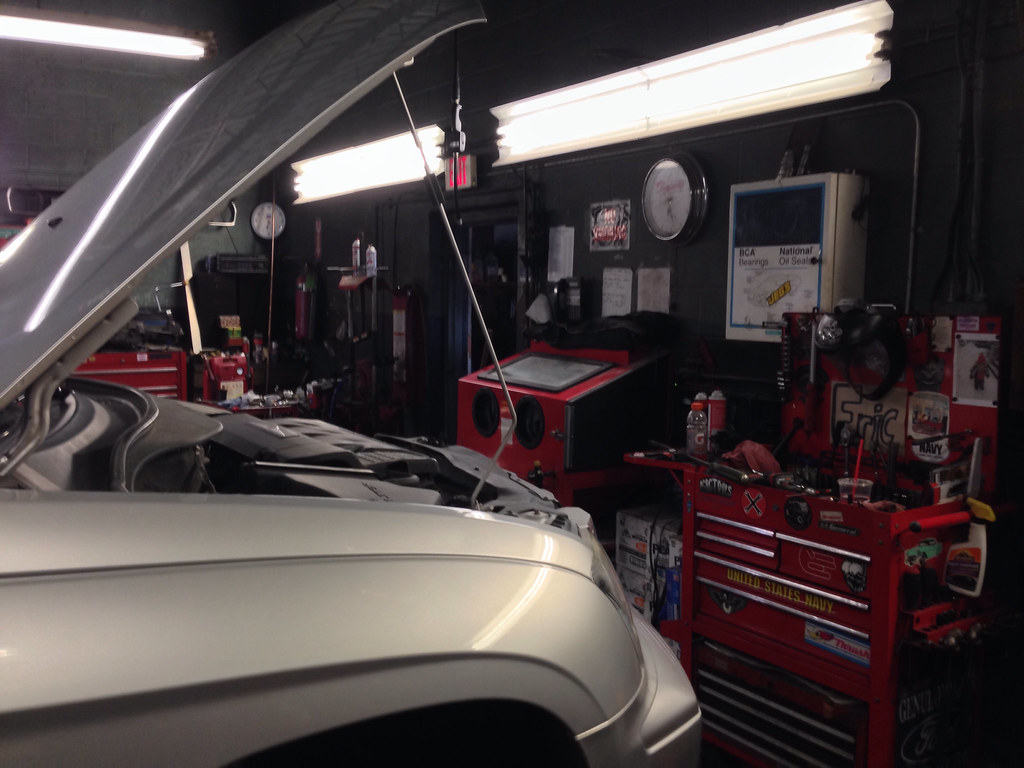
11. **The Untruth About Auto Start/Stop Damaging Your Starter and Wasting Gas**
Many modern vehicles are equipped with auto start/stop technology, designed to automatically shut off the engine when the car is idle (like at a red light) and restart it when the accelerator is pressed. This feature often raises concerns among drivers, who worry that the frequent starting and stopping will prematurely wear out the starter motor or actually consume more fuel than it saves.
This is a natural concern, but the truth is that auto start/stop technology is specifically engineered to be efficient and durable. It’s designed with the primary goals of saving fuel and reducing emissions, especially in stop-and-go traffic scenarios. The system is a sophisticated piece of engineering that optimizes fuel usage during periods of idling.
Addressing the starter motor concern, vehicles with auto start/stop systems are not equipped with a standard starter. Instead, they utilize a heavy-duty starter or an integrated starter-generator, which is specifically built and reinforced to handle the increased frequency of starts and stops. These components are far more robust than traditional starters and are designed for long-term reliability within this system.
Ultimately, the system saves more gas than it uses. While it might seem counterintuitive, the brief moments of engine off-time add up, significantly reducing overall fuel consumption and your car’s carbon footprint. So, there’s no need to worry about premature wear or wasted fuel; this technology is a smart feature designed to benefit both your wallet and the environment.
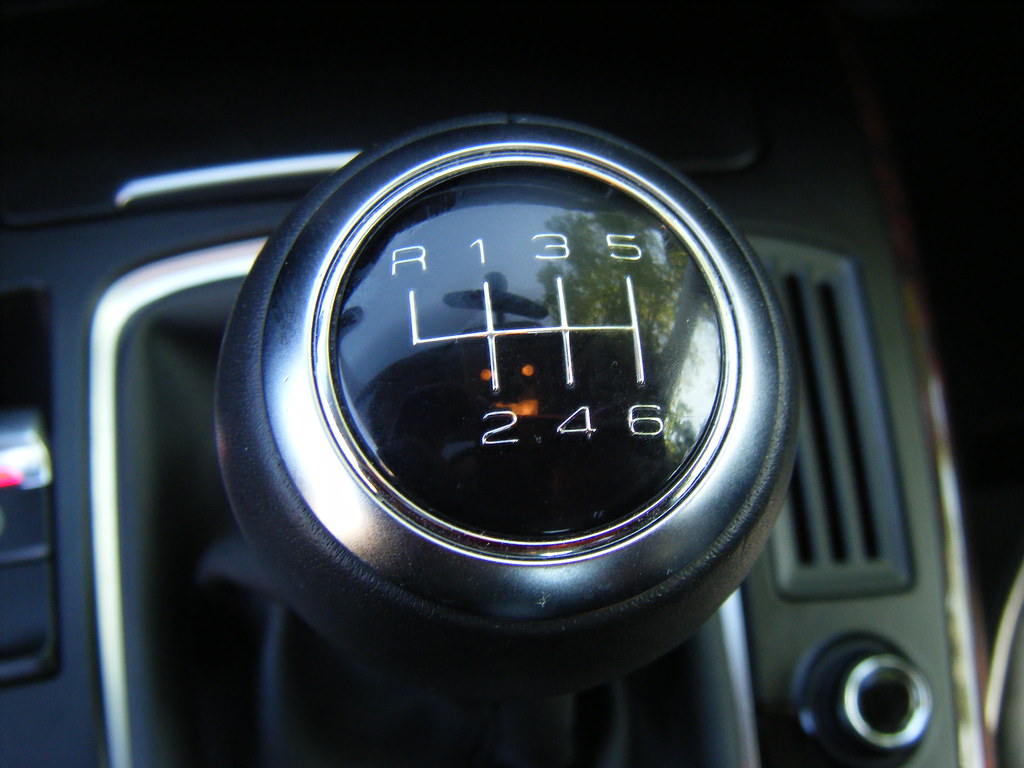
12. **The Myth That Manual Transmissions Always Get Better Fuel Economy**
For a long time, it was a widely accepted truth that if you wanted the best fuel economy, a manual transmission was always the way to go. The idea was that the driver could optimize shifting for efficiency, whereas automatic transmissions were seen as inherently less efficient due to energy losses in the torque converter. This belief influenced many car-buying decisions.
However, this particular myth is definitively “no longer true” in today’s automotive landscape. The engineering advancements in automatic transmissions over recent years have been nothing short of revolutionary. Modern automatics are no longer the fuel-guzzling units of the past; they have evolved significantly to become incredibly efficient, often surpassing their manual counterparts.
This shift in efficiency is thanks to advanced technologies such as a greater number of gears (some automatics now have 8, 9, or even 10 speeds), sophisticated electronic controls, and dual-clutch systems. These innovations allow automatic transmissions to operate in optimal engine RPM ranges more consistently and precisely than even the most skilled human driver, reducing wasted energy.
So, while manual transmissions still offer a unique driving experience and can be enjoyable for many, the days of automatically assuming they provide superior fuel economy are over. When considering a new vehicle, it’s always best to check the manufacturer’s specific EPA fuel economy ratings for both manual and automatic options, as the results might surprise you.
Read more about: Unmasking the Motoring Misconceptions: 14 Common Car Myths That Could Cost You Dearly and Harm Your Engine

13. **The Fallacy That Bigger Cars Are Inherently Safer**
The perception that “bigger cars are safer” is a deeply ingrained belief for many drivers, rooted in the logical assumption that more mass and metal equate to greater protection in a collision. This often leads people to choose larger SUVs or sedans over compact models, prioritizing perceived size advantages in safety.
However, vehicle safety is a far more complex equation than simply comparing overall size or weight. Modern safety depends on a multitude of critical factors, including the car’s fundamental design, the engineering of its crumple zones, the array of integrated safety features (like airbags and advanced driver-assistance systems), and its overall crashworthiness as determined by rigorous testing.
In a fascinating turn of automotive evolution, many newer small cars often perform remarkably well in crash tests, sometimes even better than larger, older vehicles. This is largely due to the continuous advancements in materials science and safety engineering, which allow for the creation of incredibly strong yet lightweight structures with sophisticated crumple zones designed to absorb impact energy effectively.
Therefore, instead of relying on the outdated assumption that bigger automatically means safer, it is crucial for drivers to consult current crash ratings from reputable organizations. These ratings provide an evidence-based assessment of a vehicle’s safety performance, empowering you to make a truly informed decision that protects you and your passengers, regardless of the car’s physical footprint.

14. **The Urban Legend That Red Cars Cost More to Insure**
This is perhaps one of the most persistent and colorful myths in the automotive world: the belief that owning a red car will automatically lead to higher insurance premiums. The underlying (and completely unfounded) assumption is that red cars are somehow associated with reckless driving, speeding, or being involved in more accidents, making them a higher risk for insurance companies.
Let’s be clear: this is an urban legend. Mechanics, insurance agents, and traffic data analysts will all confirm that the color of your car has absolutely no bearing on your insurance rates. Insurance companies use a wide range of data-driven factors to assess risk and calculate premiums, but vehicle color is simply not one of them.
What truly influences your insurance costs are practical, measurable factors directly related to risk and potential claims. These include the specific car model you drive, its engine size (which can correlate with performance capabilities), your personal driving history (previous accidents, tickets), where you live, and the vehicle’s safety features (which can reduce the likelihood or severity of accidents).
So, if you’ve always wanted a vibrant red sports car but held back due to fears of inflated insurance bills, rest assured that you can confidently choose the color you love. Your choice of paint won’t impact your premium. Focus instead on maintaining a clean driving record and choosing a vehicle with good safety ratings, as these are the real determinants of your insurance expenses.
**Final Word from the Workshop: Driving Smarter, Not Harder**
There you have it—14 persistent car myths, thoroughly debunked by the very mechanics who deal with the consequences of these misconceptions every day. From premium fuel to synthetic oil, and from engine warm-ups to transmission fluid, the automotive world is full of outdated advice that can seriously impact your wallet and your vehicle’s health. We hope this deep dive has armed you with the accurate knowledge you need to navigate car care with confidence.
Read more about: 11 Compelling Reasons Why Classic Cars Unquestionably Outperform Modern Vehicles: An Expert’s Deep Dive into Timeless Automotive Superiority
Remember, modern cars are marvels of engineering, and their maintenance needs have evolved significantly. Relying on your owner’s manual, trusting qualified professionals, and staying informed are your best defenses against misinformation. By separating fact from fiction, you’re not just saving money on unnecessary services; you’re ensuring your car runs smoothly, efficiently, and safely for years to come. Drive smarter, not harder, and enjoy the peace of mind that comes with knowing you’re giving your ride the best possible care.

